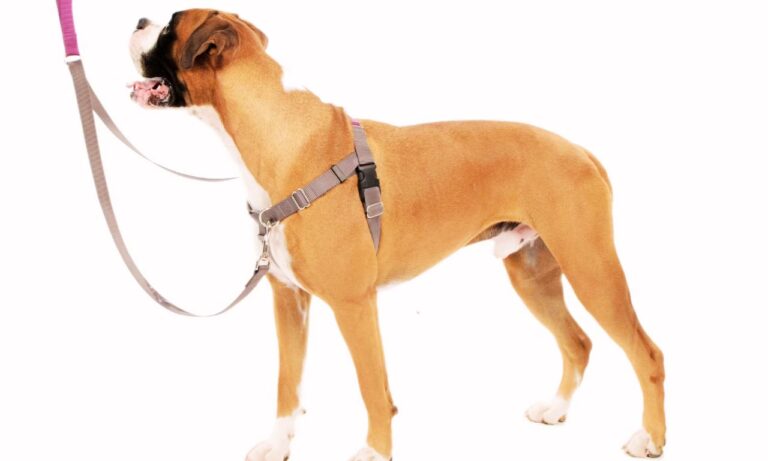Training a puppy is a rewarding yet challenging journey for any pet owner. With numerous tools and techniques available, one of the more debated methods is the shock collar, also known as an electronic dog training collar. Shock collars provide mild electric stimulation to capture a dog’s attention, primarily used to discourage undesirable behaviors.
But what age is appropriate to introduce a shock collar, and how can it be used safely and effectively? In this guide, we’ll discuss the ideal age for shock collar use, expert opinions, and safe practices for puppy training.
For a comprehensive guide on what kind of harness is best for a Pomeranian, including comfort and safety tips, check out this article.
Blog Highlights
ToggleRecommended Age: When to Introduce a Shock Collar

So, what age can you use shock collars on dogs? Deciding on the right time to introduce a shock collar is a common question among dog owners. Here’s what experts recommend:
Age Considerations
- Minimum Age: Experts recommend waiting until a puppy is at least 6 months old before introducing a shock collar.
- Development: Puppies under six months are still developing physically and mentally, which affects their ability to understand training.
- Understanding Cause and Effect: Younger puppies may not fully grasp the link between their behavior and the collar’s stimulation, which can reduce the collar’s effectiveness.
By waiting until your puppy is older, they’ll be better equipped to understand the cause-and-effect relationship of training, making a shock collar a more effective tool. Discover if the American Eskimo is a guard dog and learn about its suitability for protecting your home.
Why Wait Until 6 Months?

Waiting until six months ensures your puppy is at an appropriate developmental stage for more advanced training methods.
- Developmental Stage: Puppies under six months are focused on socializing, exploring, and learning basic skills.
- Brain Maturity: Their brains are still maturing, which limits their understanding of complex training methods.
- Behavioral Patterns: At this stage, puppies begin forming behavioral habits but may not be ready for advanced tools.
- Independence: At around six months, puppies show more independence, making training a bit more challenging.
- Risk of Confusion or Fear: Using a shock collar too early may lead to confusion, fear, or even aggression.
Waiting until six months prepares your puppy to understand the connection between their behavior and the collar’s stimulation, reducing the risk of negative associations. Learn about the size collar for an American Eskimo to ensure a perfect fit and comfort for your dog.
Expert Opinions on Shock Collar Training
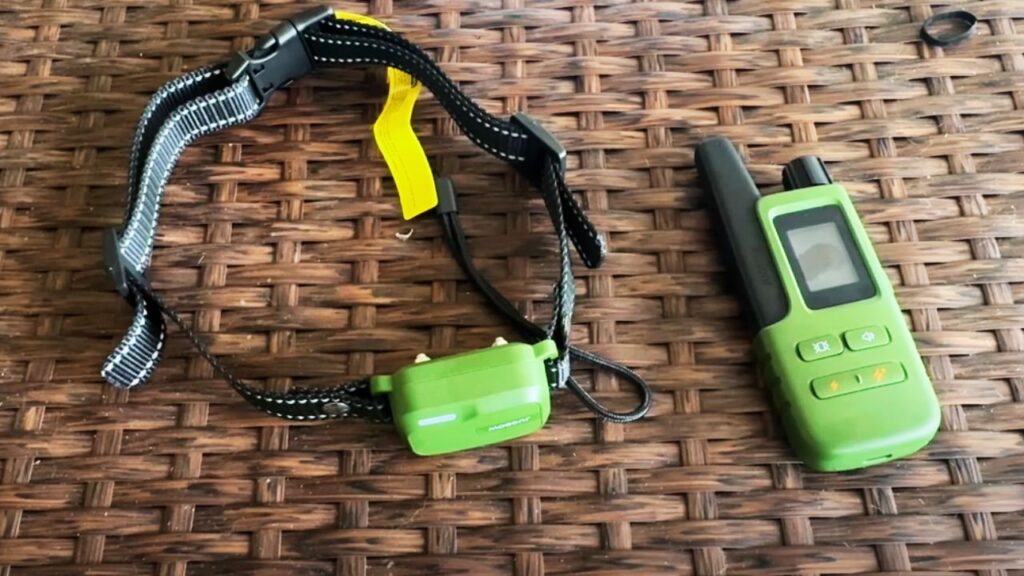
To make an informed decision, consider expert opinions on shock collar use for puppies:
- Dr. Ian Dunbar (Veterinarian & Dog Trainer): Recommends waiting until a dog is at least six months old and starting with positive reinforcement before using a shock collar as a last resort.
- Pat Miller (Certified Dog Trainer): Echoes the six-month rule, advising shock collars only after basic training with positive methods has been exhausted.
- Dr. Sophia Yin (Veterinarian & Animal Behaviorist): Supports the six-month guideline, emphasizing professional supervision and recommending other training methods first.
These expert opinions advocate a cautious approach, stressing the importance of age, development, and exhausting other training techniques before resorting to shock collars.
When a Puppy Is Ready for a Shock Collar: Key Factors
Evaluating your puppy’s readiness for a shock collar involves considering factors such as temperament, size, and behavioral needs.
1. Temperament
Sensitive Puppies: May become stressed with shock collars and benefit from gentler alternatives, such as vibration collars.
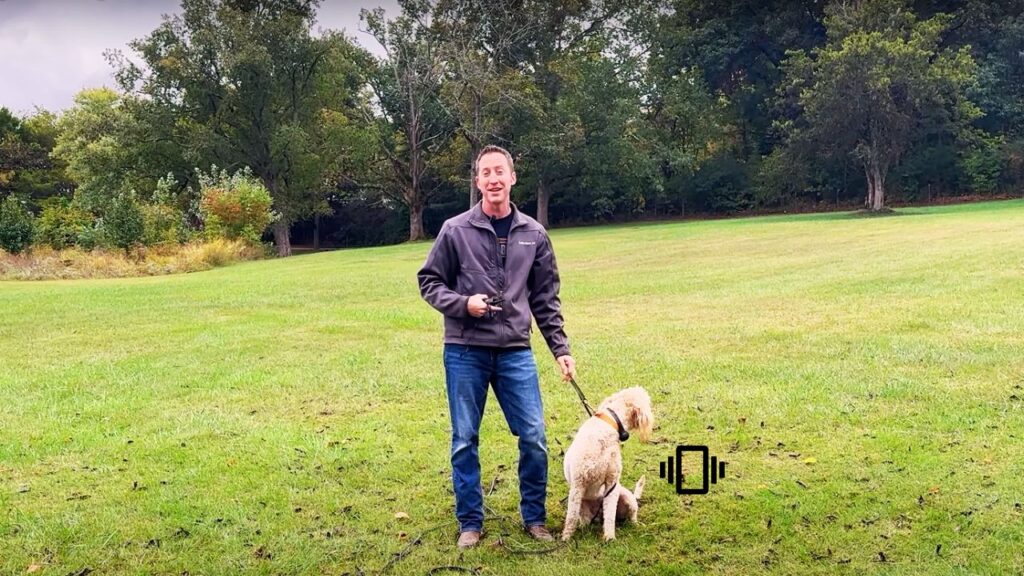
Assertive Puppies: More assertive dogs may respond better to a shock collar, but caution is still necessary to avoid overuse and stress.

Regardless of temperament, a shock collar should be a last resort after other positive methods have been attempted.
2. Size
- Small Dogs: Have sensitive skin and typically need collars with lower stimulation levels to avoid discomfort.
- Large Dogs: Require collars with adjustable intensity for effective training but still need proper fit and comfort.
Ensuring the collar fits well and is adjustable helps cater to your puppy’s size and physical needs. Discover why Afghan Hound collars are wide by exploring the unique characteristics of this breed and how wide collars enhance their comfort and style.
3. Behavioral Needs
- Identifying Problematic Behaviors: Excessive barking, jumping, or chewing are common but should first be addressed with positive reinforcement.
- Starting with Positive Reinforcement: Establish basic commands like sit, stay, and come to build a foundation for training before introducing a shock collar.
Assessing behavior carefully allows you to choose training tools suited to your puppy’s specific needs.
Key Takeaway: Importance of Temperament, Size, and Behavior in Shock Collar Use
Temperament

Sensitive puppies may need gentler alternatives, while assertive puppies may respond to mild correction. Always proceed with caution based on your puppy’s temperament.
Size
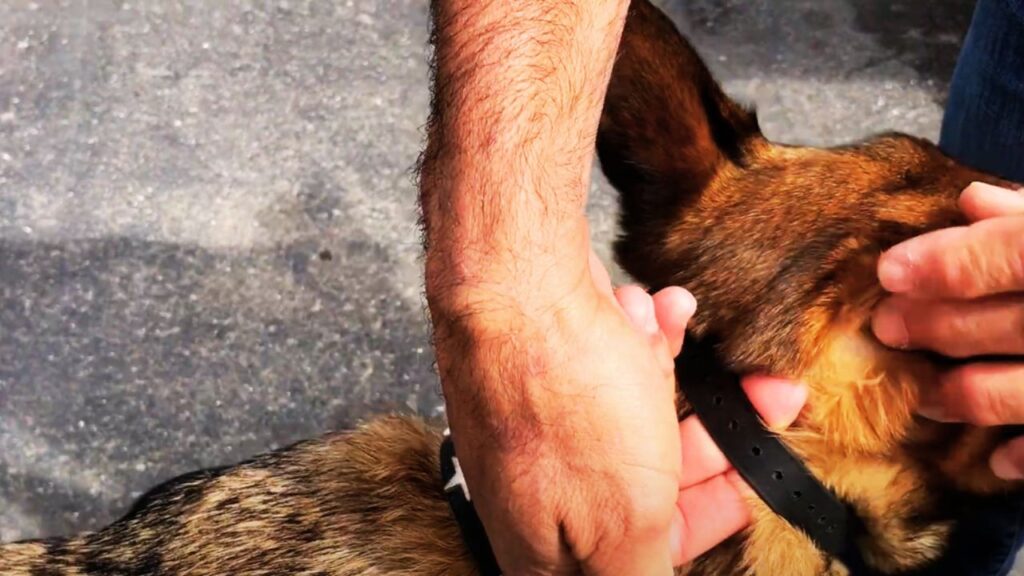
Small dogs require lower levels of stimulation, while larger dogs may need adjustable collars. Proper fit and comfort are essential for effective use.
Behavioral Needs
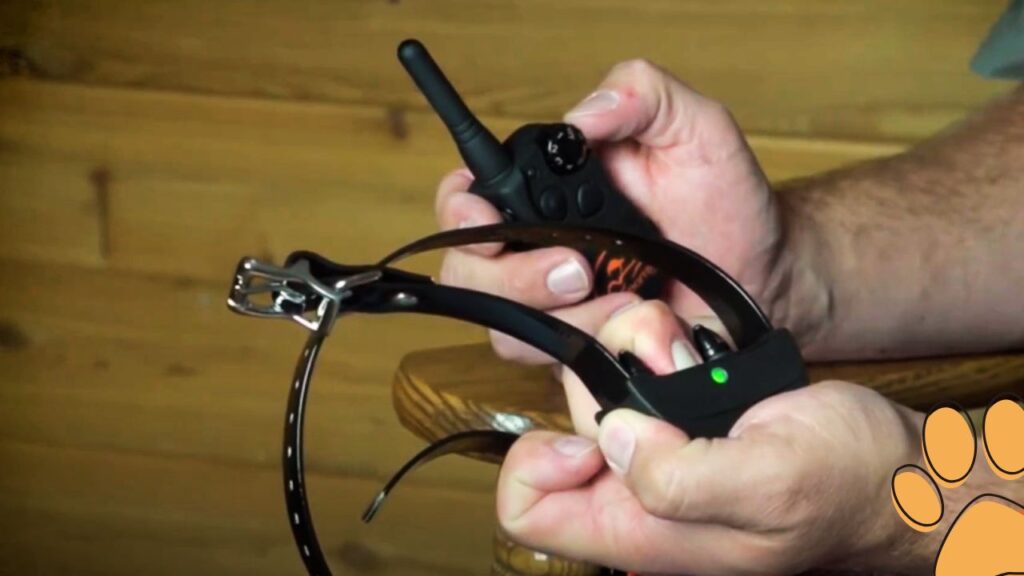
Positive reinforcement and basic obedience should come first, with shock collars considered only after exhausting these methods.
How to Safely Introduce a Shock Collar to Your Puppy
When introducing a shock collar, follow these steps to ensure safe and effective use. This table summarizes the best practices for safely using a shock collar in training.
This table provides a comprehensive overview of safe practices for introducing a shock collar, focusing on gradual introduction, positive reinforcement, and cautious use.
Should You Consider Anti-Bark Collars?
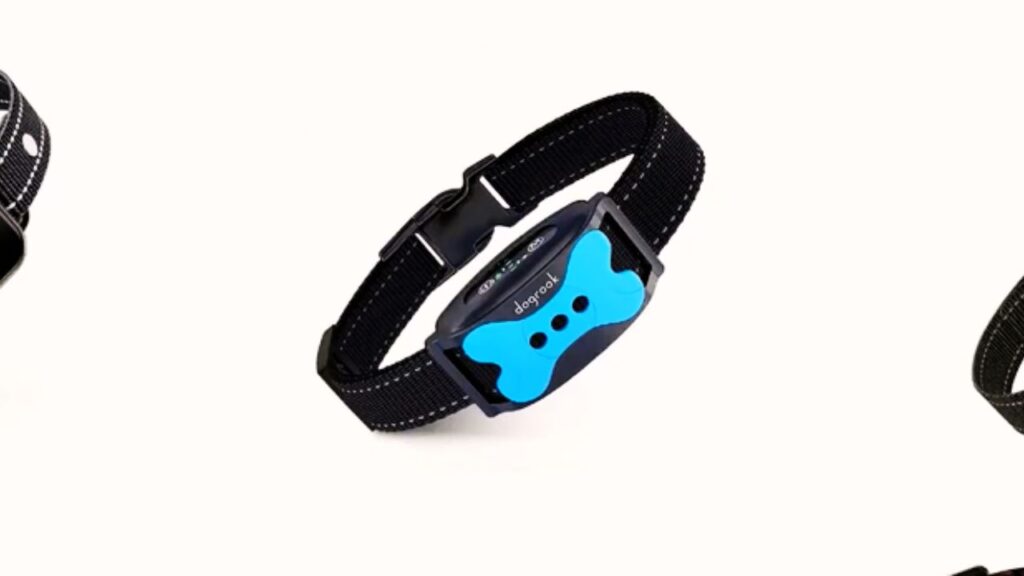
Anti-bark collars are designed specifically to manage excessive barking by emitting a mild shock or vibration. However, ensure your puppy has received basic training on appropriate barking behavior before using an anti-bark collar. This type of collar should only be used when other training methods have proven ineffective.
The recommended size collar for an English Cocker Spaniel usually ranges from 12 to 18 inches, providing a snug and comfortable fit for your cute dog.
Conclusion
Deciding when to use a shock collar on a puppy depends on age, temperament, size, and behavioral needs. Experts recommend waiting until the puppy is at least six months old and trying positive reinforcement and basic obedience training first. Hope so, now you know what age can you use shock collars on dogs.
Shock collars should be used cautiously and as a last resort, ensuring they’re introduced in a safe, structured manner. Find out what style dog collar is best for hounds to ensure comfort and safety for your furry friend.
Final Recommendations
- Wait Until Six Months: Introduce a shock collar only after six months to allow for proper mental and physical development.
- Assess Temperament: Sensitive puppies may need gentler methods, while assertive puppies may tolerate a shock collar better.
- Ensure Proper Fit: Choose an adjustable collar that fits comfortably to avoid discomfort and irritation.
- Begin with Positive Reinforcement: Establish basic obedience and reward good behavior before using a shock collar.
- Limit and Monitor Use: Avoid overuse, start with low settings, and monitor your puppy’s reaction closely.
By following these guidelines and focusing on safe, age-appropriate training, you can effectively guide your puppy’s behavior while promoting a positive and supportive learning experience.
The ideal size collar for English Springer Spaniel typically ranges from 14 to 20 inches, depending on the dog’s age and neck size, ensuring a comfortable and secure fit.
FAQs
1. Can I use a shock collar on a puppy under six months?
It’s generally not recommended. Waiting until the puppy is at least six months old ensures they’re ready for advanced training methods.
2. How should I introduce a shock collar to my puppy?
Start by letting the puppy wear the collar without activation, then introduce low-level stimulation gradually, monitoring their response.
3. Are there safer alternatives to shock collars?
Yes, positive reinforcement, vibration collars, and basic obedience training are effective, safe methods to try before considering a shock collar.
4. How long should I use a shock collar per session?
Limit sessions to 20-30 minutes to prevent stress or confusion.
5. What behaviors can shock collars address?
Shock collars are often used for excessive barking, jumping, and non-responsiveness, but only after other training techniques have been exhausted.





